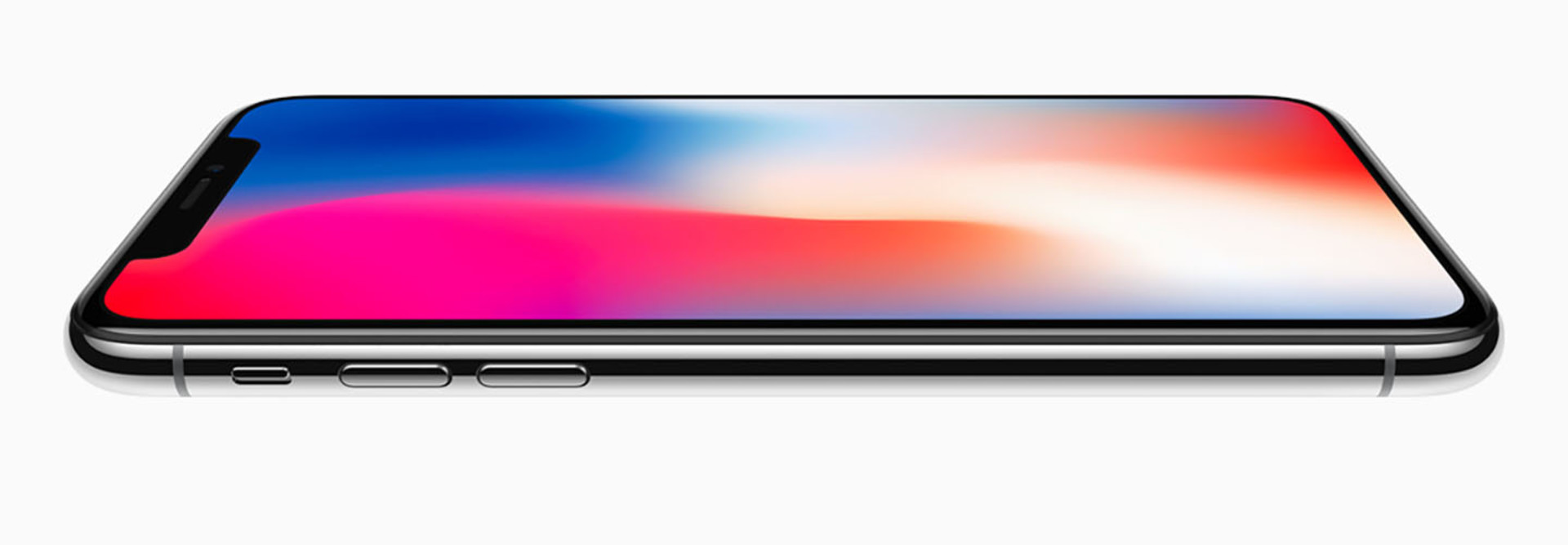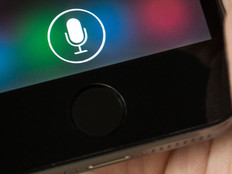Apple’s iPhone X: New Smartphone Pushes Boundaries of Camera and Sensor Technology
Earlier this year, the iPhone hit a major milestone: It turned 10 years old.
In honor of the 10th anniversary of the iPhone, Apple unveiled its new flagship model for the iPhone called the iPhone X on Sept. 12 in its new Cupertino headquarters in the first public event at the Steve Jobs Theater. The iPhone 8 and iPhone 8 Plus, which are iterative successors to the previous iPhone 7 and 7 plus models, also made their debut, but the iPhone X is the product that features the game-changing innovations that Apple has become known for.
“For more than a decade, our intention has been to create an iPhone that is all display. The iPhone X is the realization of that vision,” said Jony Ive, Apple’s chief design officer, in an official news release from Apple. “With the introduction of iPhone ten years ago, we revolutionized the mobile phone with Multi-Touch. iPhone X marks a new era for iPhone — one in which the device disappears into the experience.”
Here’s a quick rundown on the most notable features and enhancements in the iPhone X and some speculation on how this new device might be useful for businesses.
1. Apple Virtualizes the Home Button
When looking at the slab of glass and metal that is the new iPhone X, longtime iPhone fans will notice something is missing: The Home button. The rumor mill had been running rampant about the Home button disappearing all year long and it turns out, those rumors were accurate. What Apple has done instead is maximize screen real estate as much as possible and “virtualized” the functionality of the home button by allowing users to access that function by swiping up from the bottom of the phone. This gesture isn’t completely new to iPhone users since swiping from the bottom of the screen previously would bring up the Control Center in the iPhone X’s predecessors.
2. OLED Makes Its iPhone Debut
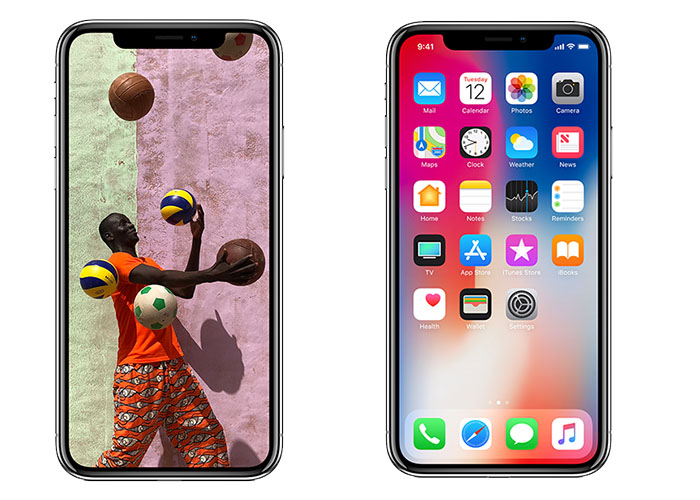
For you flatscreen TV aficionados, the switch from LCD to LED screens has been in the works for a very, very long time, but the iPhone X marks the first time that an iPhone has used an OLED screen. Previous iPhones used LCD screens. Some of the perks of the OLED display include “stunning colors, true blacks, a million-to-one contrast ratio and wide color support with the best system-wide color management in a smartphone.”
3. Face ID Kicks Biometric Security Up a Notch

When Apple debuted its iPhone 5S in 2013 with Touch ID, the company’s first foray into biometric security, the company raised the profile and use case for biometric security in a major way. Four years later, Apple is one-upping itself by building out what it calls Face ID as the main security mechanism for the iPhone X.
While Touch ID relied on fingerprint scanning to unlock the phone and various apps, Face ID relies on sophisticated, advanced camera and sensor technology that “projects more than 30,000 invisible IR dots. The IR image and dot pattern are pushed through neural networks to create a mathematical model of your face and send the data to the secure enclave to confirm a match, while adapting to physical changes in appearance over time,” according to Apple.
4. A11 Processor Paves the Way for AR, Machine Learning Future
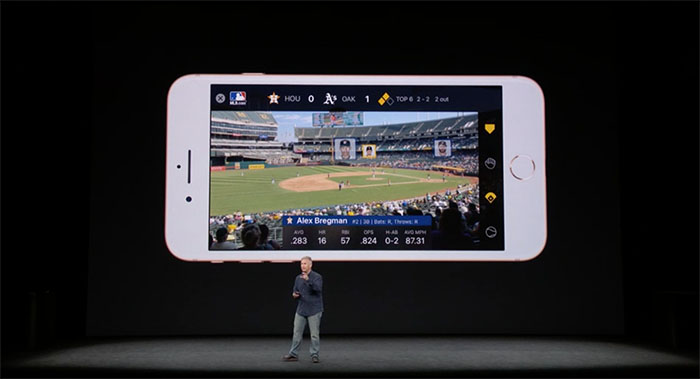
Since the A4 made its debut in the iPad in 2010, Apple has continued to ramp up the processing power of its mobile processors with its successive generation. The iPhone X, 8 and 8 Plus, benefit from the potent A11 Bionic, which Apple calls “the most powerful and smartest chip ever in a smartphone.” The processor, which boasts a six-core CPU design, is purpose built to support augmented reality use cases, which developers can tap into with Apple’s ARKit, along with machine learning and immersive 3D games.
5. Wireless Charging Goes Mainstream
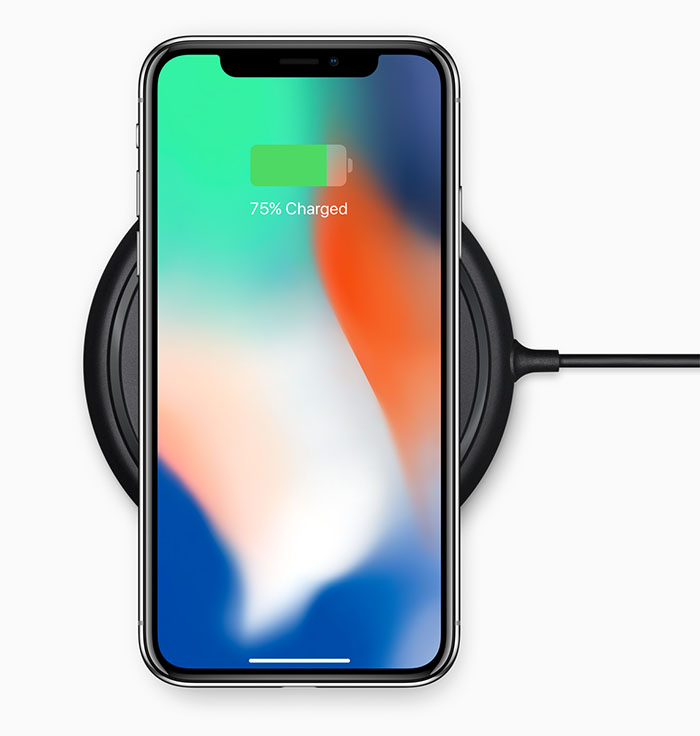
Let’s face it, though the mobile revolution has given us “mobile” devices, far more often than we’d like, we find ourselves running to a wall to plug into an outlet and recharge these devices. The technology to support wireless charging has been available for some time. And, the Qi standard, which Apple is adopting with the iPhone X, 8 and 8 Plus, has been around for a while. The consortium behind the standard made a splash at CES in 2012, in fact, but having integration with Apple’s iPhone is going to supercharge wireless charging in a truly transformative way.
Why Businesses Should Care About the iPhone X
It’s obviously early days to accurately and fully assess all of the applicable use cases for businesses with the iPhone X, but there are a few things companies should note as they evaluate whether they should add the iPhone X to their mobile fleets.
-
Face ID Poses New and Interesting Security Questions: Having the phone’s security tied to an employee’s face ensures much stricter security, but it also poses questions about how faces get wiped and added from mobile devices as they pass from employee to employee. Apple takes steps to secure this facial scan in a “secure enclave,” but if people were apprehensive about handing over their fingerprint data for corporate devices, they might be even more concerned about having their faces scanned. Edward Snowden, unsurprisingly, has concerns about potential abuse of the tech and shared his feelings about Face ID on Twitter.
#FaceID
Good: Design looks surprisingly robust, already has a panic disable.
Bad: Normalizes facial scanning, a tech certain to be abused.— Edward Snowden (@Snowden) September 12, 2017
-
Augmented Reality Is Now Within Reach: While Pokemon Go did wonders for AR, having powerful cameras and sensors that can add an AR layer to mobile apps easily has the potential to be a game changer. In the Apple event, AR features in the MLB’s At-Bat app were showed off. The new AR functionality will allow baseball fans who are watching the game in stadium to pull out their iPhones and see statistics and player information overlaid on what they’re seeing in real life. This marriage between in-person and online experiences is precisely the stuff that professional sports teams have been aspiring toward in recent years so if MLB is successful with its pioneering step forward, expect other sports to follow. Outside of sports and entertainment, we’ve previously covered compelling AR use cases in real estate, retail and manufacturing.
-
Closer to Professional-Level Camera and Video Technology: The new cameras included in the iPhone X make the mobile device a potential replacement for professional camera and photography needs. The new iPhones have sophisticated and advanced lighting features that allow for portrait lighting that is much closer to what you might get from a professional photographer. Could this mean real estate agents can use iPhones for their headshots rather than having to hire a professional? And with enhanced 4K video capabilities, the new iPhone is capable of 60fps 4K video while previous models topped out at 30fps, retailers and small businesses can get into the HD video game painlessly and future-proof their marketing collateral for the next-generation of displays and digital signage.
The new iPhone X is slated for release on November 3, while the iPhone 8 and 8 Plus will be made available Sept. 22.



